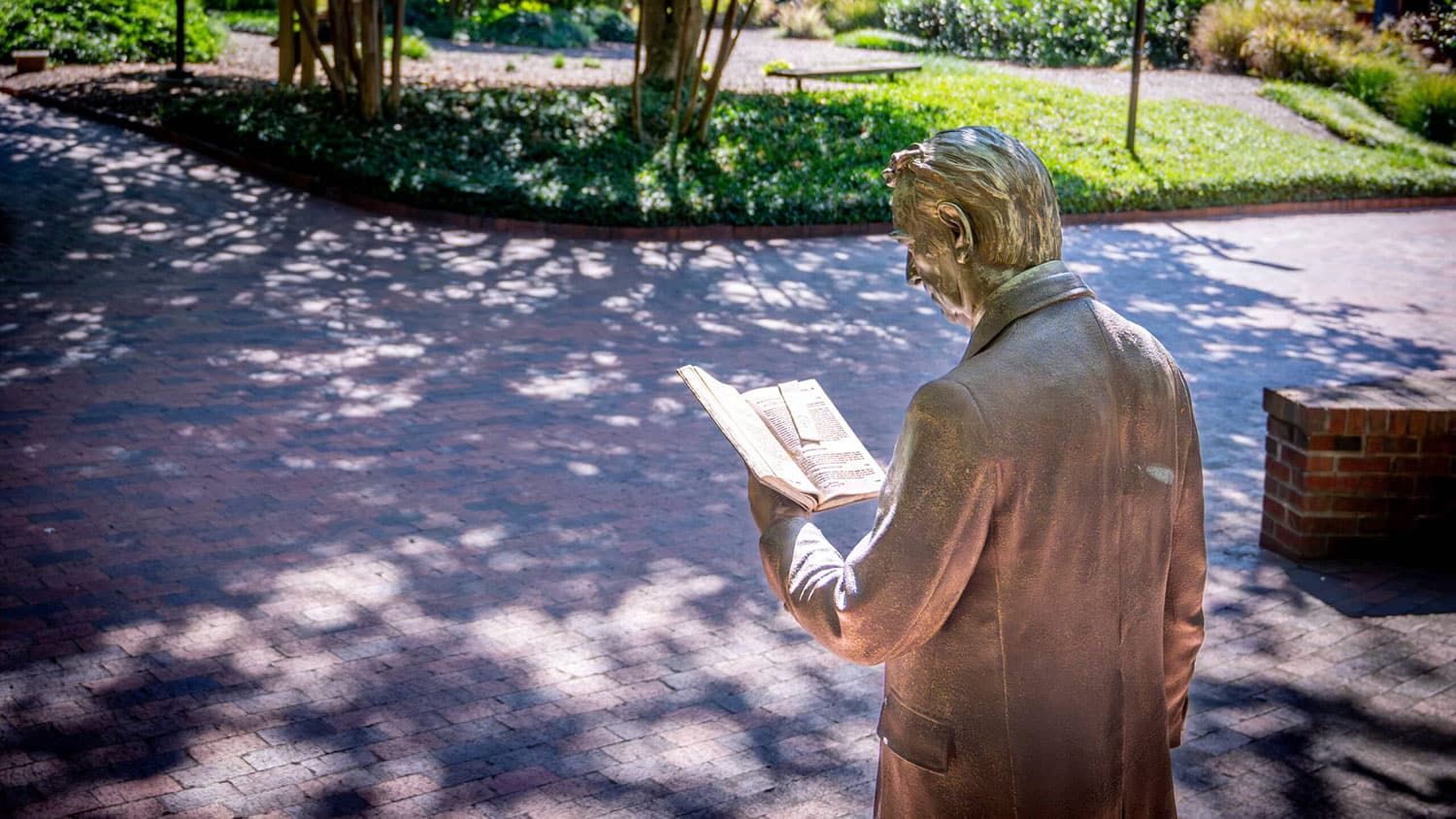The Bed Bug Guy
NC State entomologist Coby Schal is getting used to a new unofficial title.
Schal became known as “the bedbug guy” while making national appearances over the past year, from an interview on NPR’s “The People’s Pharmacy” to a talk at the Environmental Protection Agency’s National Bed Bug Summit. His work also is featured in a new National Geographic documentary.
“Nothing surprises me anymore about bed bugs,” Schal says with a chuckle.

His lab is home to 40 different strains of bed bugs from across the country. He fields requests from all sorts of people, including those in medicine, construction, furniture and textiles.
“We probably raise more bed bugs in our lab than anyone in the world, so we’re able to test these companies’ products here,” Schal says.
An Arms Race
Before Schal’s work with bed bugs attracted attention, he was (and still is) “the cockroach guy,” engaged in what he considers an “arms race” with the prolific pests.
“We keep hitting them with different insecticides and other control strategies, and they continue to evolve ways to evade them,” he says.
Recent discoveries in his lab could provide new insight into the evolution of insecticide resistance.
The value of Schal’s work is well recognized. A fellow of both the American Association for the Advancement of Science (AAAS) and the Entomological Society of America, Schal received a silver medal from the International Society of Chemical Ecology for his career accomplishments.
For developing a new bed bug baiting system, Schal was selected as one of the first recipients of the Chancellor’s Innovation Fund awards, which provide seed money to make technology more marketable.
In Love with Insects
Schal lights up when he talks about bed bugs and cockroaches. But it hasn’t always been that way.
“I think I’m different from many entomologists, because I don’t remember playing with insects as a kid,” Schal says.
Born in Poland, he moved with his family to Israel at age 2. His parents, Holocaust survivors, settled in New York when Schal was 15. The first in his family to graduate from high school, Schal enrolled at the State University of New York in Albany. On track for medical school, he changed careers after fainting at the sight of a spinal tap.
“I took it as a sign from above that this is not what I should be doing,” he says with a smile. He shifted to zoology and ecology.
As a doctoral student in entomology, Schal spent more than three years in the rainforests of Costa Rica, where he became hooked on ecology, natural history and tropical cockroaches. Schal became nocturnal, like the creatures he studied. He discovered and named several new species while developing an interest in the chemical ecology that helps cockroaches locate the opposite sex in a sprawling, dark jungle.
“That experience was my real falling in love with insects,” Schal says.
After postdoctoral work, he joined Rutgers University in 1984, focusing on urban entomology—pests that infest human structures. New Jersey, with its population density and proximity to New York and Philadelphia, was a perfect place for his work.
Bound to Collaborate
A decade later, Schal came to NC State to expand the urban entomology program as the first Blanton J. Whitmire Distinguished Professorship in the College of Agriculture and Life Sciences.
Other schools have tried to lure him away over the years, but Schal says he enjoys the collaboration too much.
“I’m in a building that houses plant people, geneticists, microbiologists, plant pathologists … the biology and chemistry departments are a stone’s throw away, and poultry science is right next door.”
Schal takes an interdisciplinary approach in his classes, which include a graduate course in insect behavior and seminars in chemical ecology and urban entomology. His lab buzzes with three graduate students, six postdoctoral fellows and a research specialist.
Alvaro Romero, a National Science Foundation postdoctoral fellow in Schal’s lab, is exploring the physical and chemical cues humans emit that excite hungry bed bugs. These cues—heat, carbon dioxide and a host of human body odors—can be used to lure bed bugs to traps and insecticides.
“The key for us in the next five years is to develop better tools for bed bug control,” Schal says. “We’re committed to helping solve this problem.”
- Categories:


